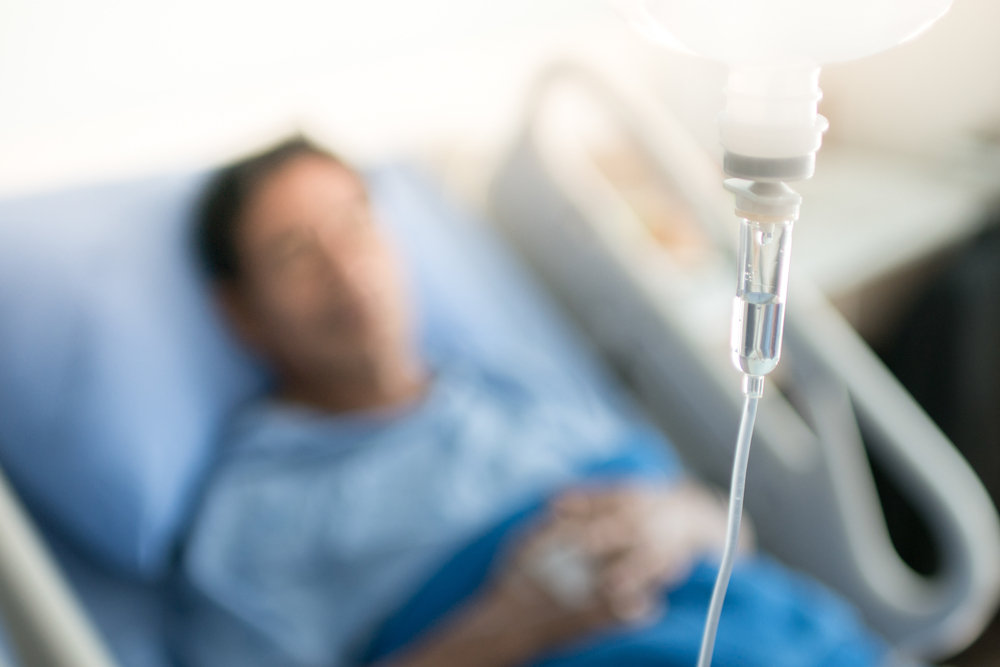Contents:
- Medical Video: Barium Enema
- What is lopography?
- What do patients need to prepare?
- 1. Arranging the patient's food type
- 2. Drink plenty of fluids
- 3. Provision of laxatives
- Preparation of tools and materials
- Tool
- Material
- What is the inspection process like?
Medical Video: Barium Enema
The term x-ray has long been known in society, both in the medical community and the general public. The origin of the x-ray technique that utilizes X-rays itself has been developed more than a hundred years ago. You might immediately remember scan lung or bone when hearing X-ray terms.
Along with the times and the advancement of medical technology, this method is also increasingly varied. Therefore, there are also various new terms resulting from the development of X-ray techniques, one of which is lopography. This term is rarely heard, including among the health workers themselves. Actually, what is lopography and what is the purpose of this one medical procedure? Relax, here we have provided the answer for you.
What is lopography?
Lopography is a technique of examining the human large intestine, especially the end of the large intestine, using contrast that is inserted from an artificial hole in the stomach. X-rays will then capture the intestinal image so that the large intestine situation can be observed.
The purpose of this examination is to find abnormalities in the large intestinal wall and cavity. Usually doctors recommend this examination if doctors suspect conditions such as polyps, tumors, or certain congenital abnormalities.
What do patients need to prepare?
Lopography cannot be done without planning or sudden. The purpose of the preparation of the patient is that the impurities in the large intestine are not too much and accumulate, so that it will not interfere with the examination. Some preparations that must be made before the examination are carried out include:
1. Arranging the patient's food type
A few days before the examination, the type of food will be arranged by the patient. Patients will be required to eat soft, low-fat foods to avoid clots or stools in the large intestine.
2. Drink plenty of fluids
A lot of fluid in the gastrointestinal tract will facilitate the discharge of feces from the intestine. In addition, water can also keep the stool's consistency soft.
3. Provision of laxatives
If needed, usually the doctor will give laxatives to the patient with the aim of removing the remains of dirt or feces from the large intestine so that the examination can run optimally and the results are accurate.
Preparation of tools and materials
Along with optimizing the patient's condition, the medical team at the hospital will also prepare tools and materials that will be used in this X-ray examination.
Tool
- X-ray machine
- X-ray tapes
- Special apron or dress action
- Gloves
- Container
- Plaster
material
- Catheter hose
- Contrast media (barium)
- Warm water
- Jelly for X-ray reading
What is the inspection process like?
After all the preparations have been made, the patient will be photographed X-rays for the first time to evaluate whether the condition of the large intestine is optimal or there is still a lot of dirt. When it is optimal, the barium contrast will be inserted through a small artificial hole from the abdominal wall so that the substance meets the end of the large intestine.
The procedure will be continued by taking the next few pictures, where the large intestine is now filled with barium fluid. This drawing series is useful for evaluating whether there are masses or other abnormalities in the area. Patients will be asked to switch positions so that all intestinal segments can be caught by an x-ray machine.
Do not worry, usually after undergoing this examination you will not experience any side effects and do not need hospitalization (unless you have a special condition or indeed requested by a doctor for hospitalization).
Lopography can be a preliminary examination before further action such as a biopsy or other imaging method, if necessary.
At present, lopography seems to be increasingly abandoned by medical personnel. This happens because the advancement of medical technology, one of which is the emergence of a colonoscopy. By inserting a hose and camera directly into the human large intestine, a colonoscopy can produce a situation live in the intestinal cavity and more comfortable for patients.












